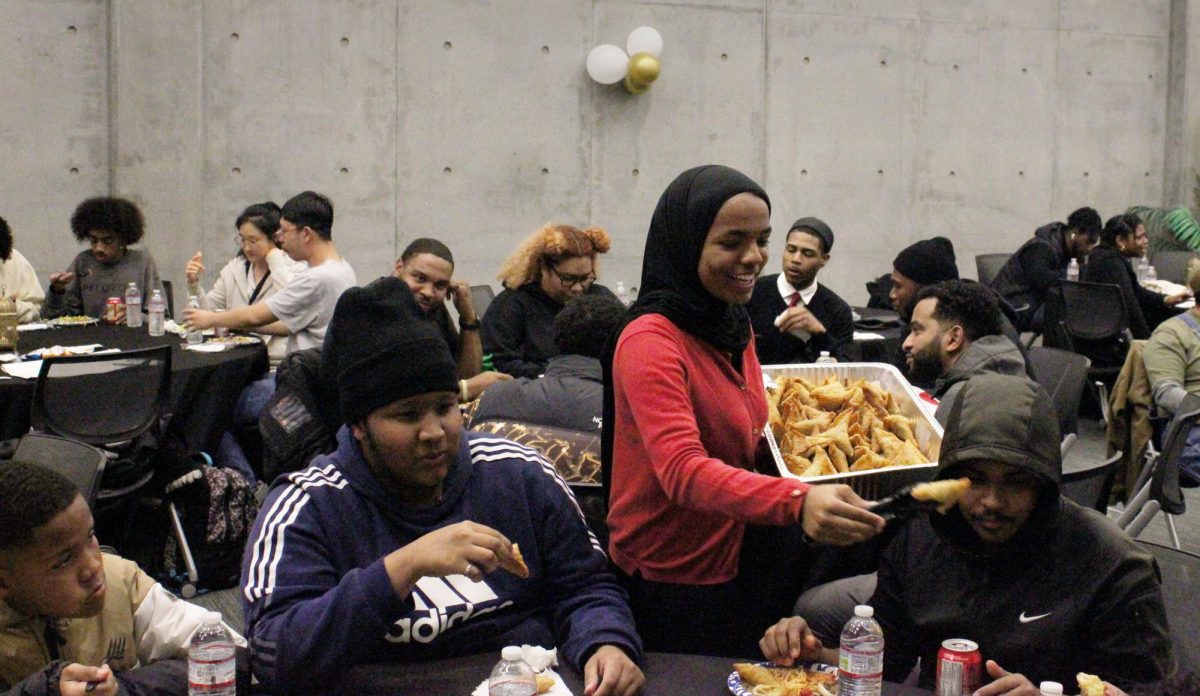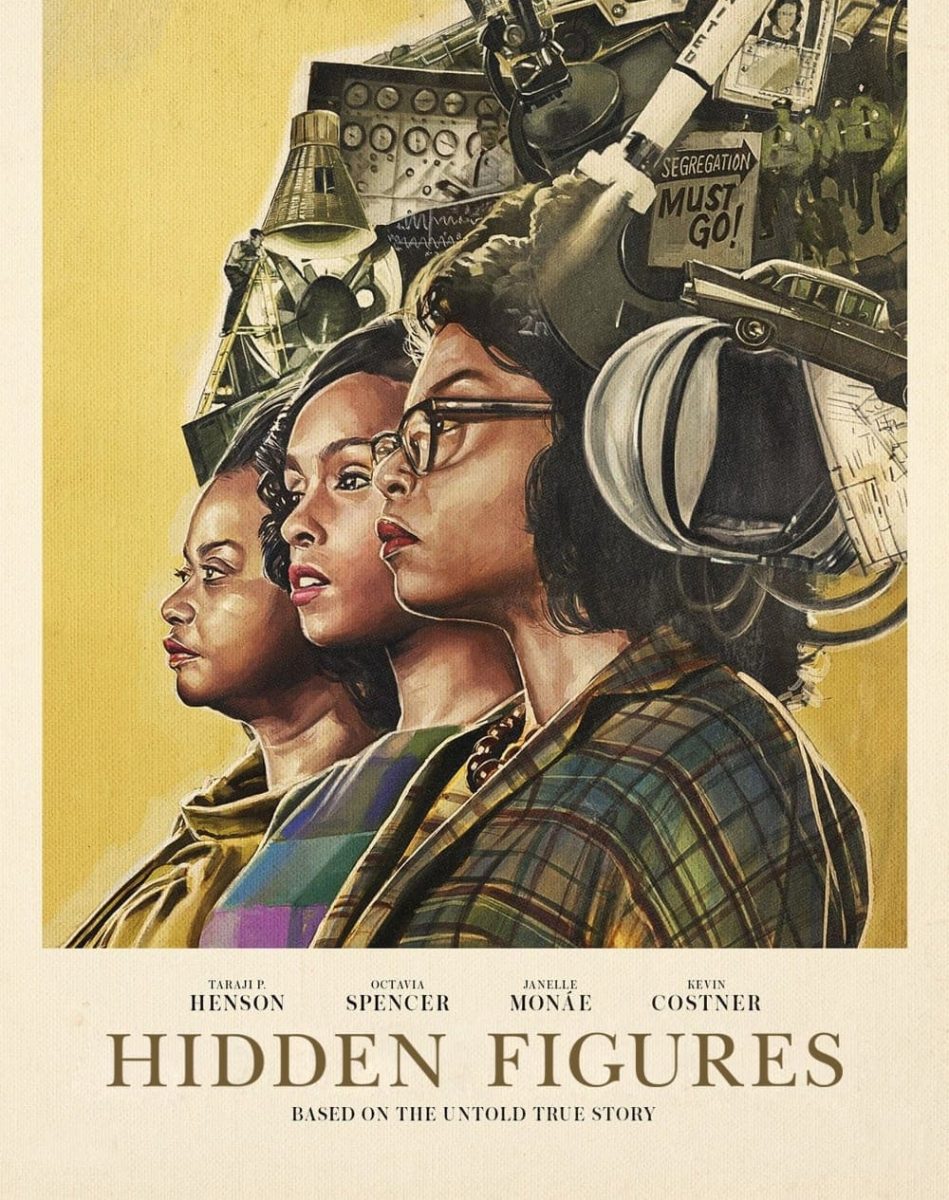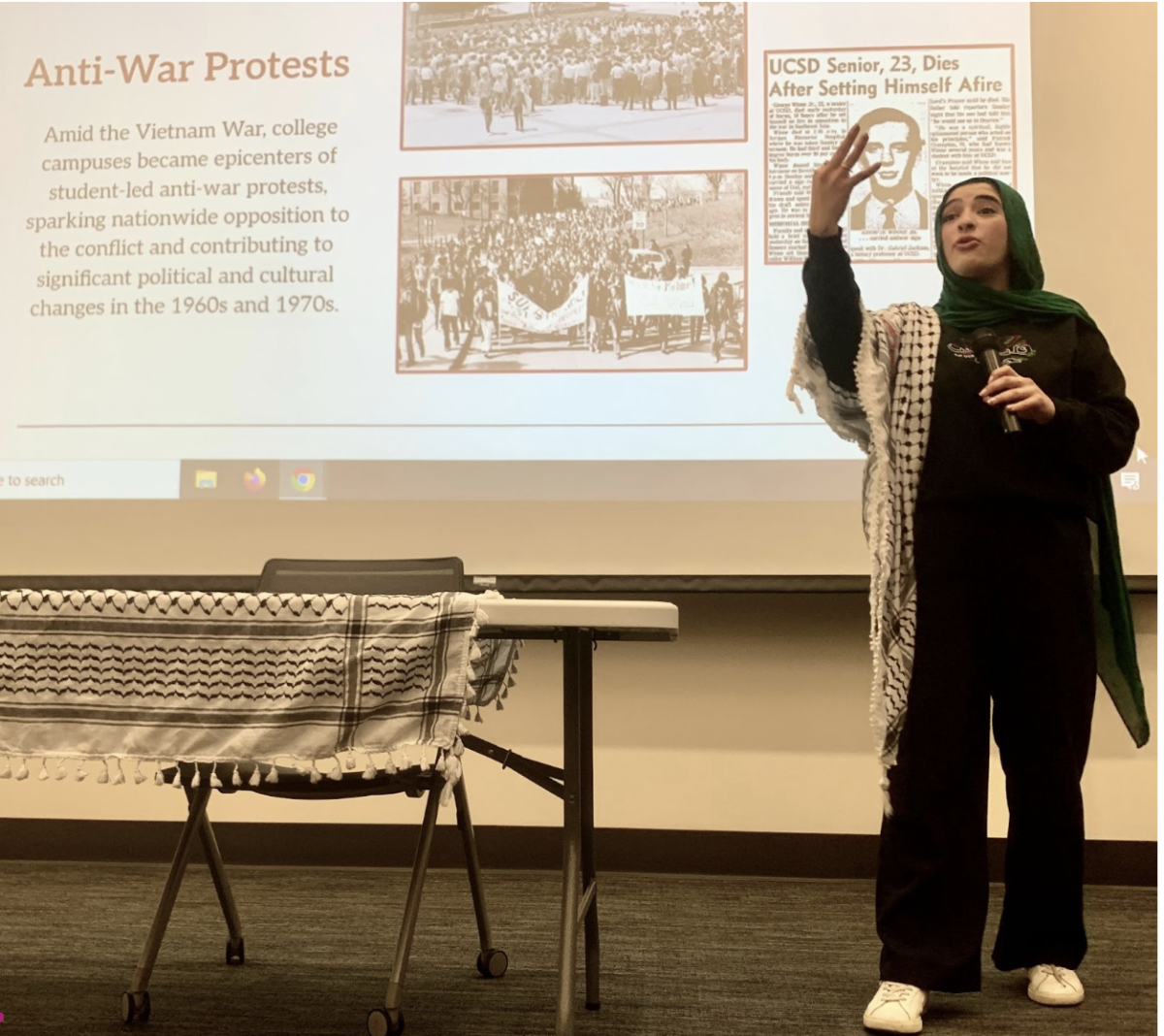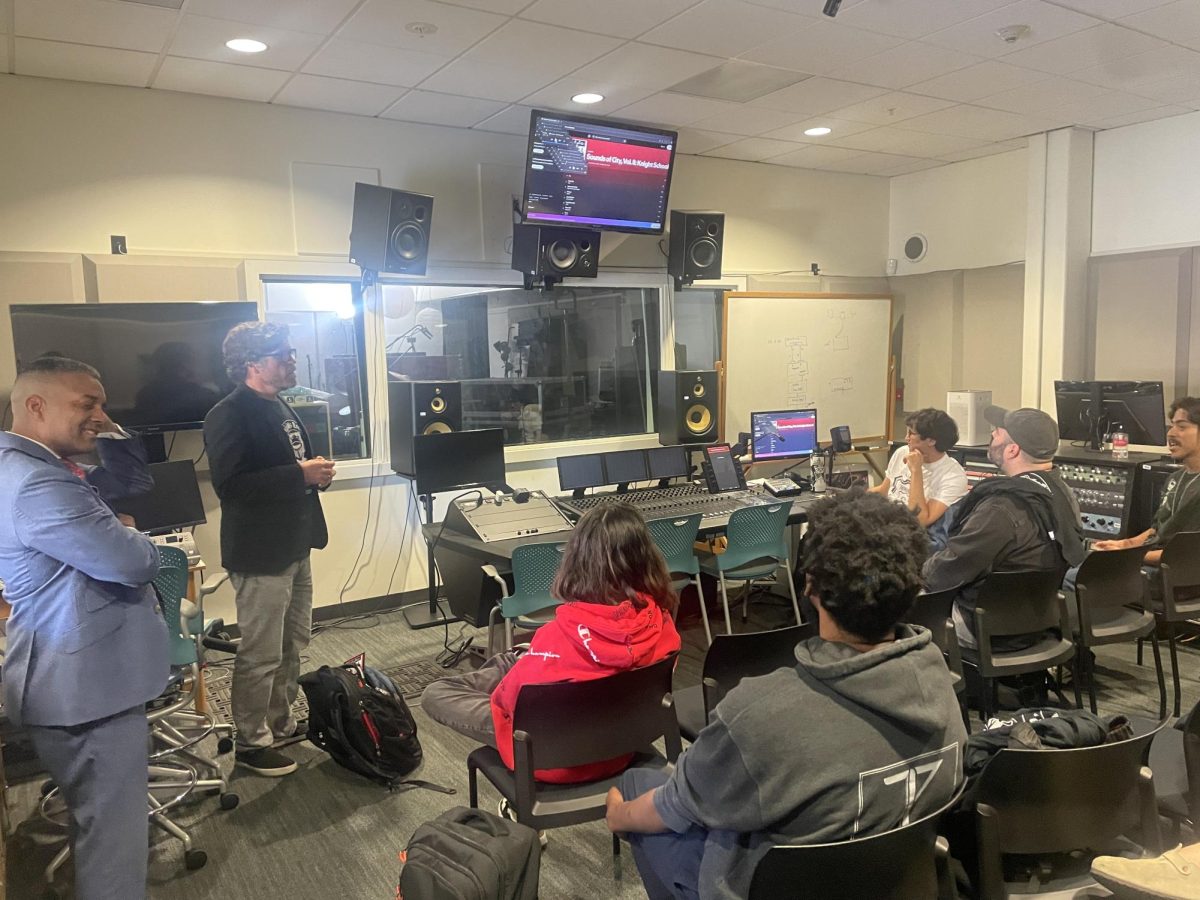At the crossroads of Central and South America sits Colombia, resting between the Pacific Ocean and the Caribbean Sea. Images of freshly-ground coffee and powdery cocaine come to mind when mentioning Colombia, yet foreigners are far less aware of the bloody internal struggle for these commodities.
Pablo Serrano seeks to inform others of the country’s violence using the language of photography. The South American photojournalist visited City College’s Saville Theatre on Feb. 28 to talk about the politically unstable nation in a presentation titled “La Otra Cara: Rebellion in Colombia.”
The Colombia native moved to San Diego when he was nine years old. Serrano shared his country’s story with his American classmates through vivid photographs of the streets where he grew up.
Spreading awareness this way inspired him to later study photography and history in San Francisco. Today Serrano travels around South America to visually document the lives of the people who live there.
A silent strength radiates from Serrano’s close-ups of Colombian citizens who survive in an area controlled by fear and misinformation. The drug cartels have grown so rampant that the country’s leaders are demanding heads.
To meet this quota, the local military has been killing civilians and dressing them up as guerilla soldiers – a strategy known as creating “false positives” – all simply to boost reports of cartel deaths.
According to Serrano, these reports are misleading propaganda painted with the blood of the innocent. He refuses to let these atrocities be stifled, especially by the censored and internationally owned media.
“The people’s biggest weapon is memory,” Serrano said. “From the ’90s until today it’s been a bloodbath in Colombia . we have to keep a record of all these things going on.”
City College student Liliana Sanchez agreed that someone needs to stand up and tell the truth in a nation currently running on deception.
“The guerilla soldiers and false positives were interesting,” Sanchez said. “It seems like everyone’s lying.”
Serrano remembers the country’s political violence in his youth when he would pass time with friends searching for bullets in a soccer field. He claims that most of the war occurs in the Colombian countryside where farmers manufacture narcotics to support their families.
Serrano explained the rural population’s method of cocaine production. Coca leaves are mixed with cement, then gasoline to create a paste that chemists then turn into Colombia’s iconic drug.
Colombia is also one of the world’s largest coal producing nations, a leading cause of the country’s contaminated water supply.
Large American corporations have been accused of contracting Colombian death squads to prevent labor unions from organizing in the country, which intrigued City College student Aaron Baker.
“I was interested in the US involvement in the country’s corruption, especially corporate involvement like Coca-Cola and Chiquita Banana,” Baker said.
Serrano’s said his goal is to stop the violence by exposing it through photography, allowing activists around the world to witness the political violence in South America.
The Luxe Gallery will showcase Serrano’s work from March 11 to April 16, with a free reception on March 11 from 6 to 9 p.m.








